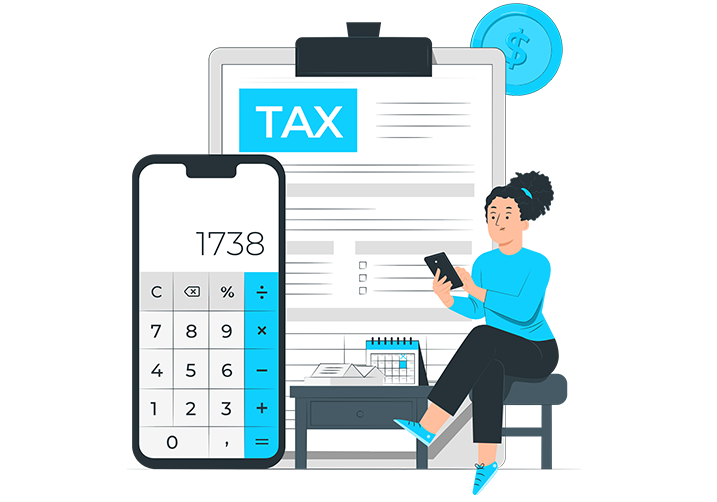1041 - U.S. Income Tax Return
 for Estates and Trusts
for Estates and Trusts

Streamline Nonprofit Tax Compliance with 990 Automation
IRS Form 990, the Return of Organization Exempt from Income Tax, is a critical document for nonprofits to report their financial activities, ensure transparency, and maintain tax-exempt status. Preparing this detailed form can be challenging, requiring extensive data collection, analysis, and reporting. 990 automation simplifies this process, enabling nonprofits to focus more on their mission while staying compliant with IRS requirements.

What is 990 Automation?
990 automation uses advanced software to streamline the preparation, review, and filing of Form 990. These tools are designed to manage complex nonprofit financial data, automate calculations, and create detailed reports to meet IRS guidelines efficiently and accurately.
Key Features of 990 Automation Tools
Automatic Calculations
Accurately computes salaries, deductions, bonuses, and overtime based on employee data.
Direct Deposit
Enables seamless electronic payments to employees’ bank accounts.
Tax Management
Handles federal, state, and local payroll taxes, including filing and remittance.
Employee Self-Service Portals
Provides access to pay stubs, tax forms, and benefits information.
Time Tracking Integration
Syncs with timekeeping systems to automate hours worked and overtime calculations.
Compliance Monitoring
Keeps up-to-date with labor laws and tax regulations, reducing the risk of penalties.
Customizable Reports
Generates detailed payroll, tax, and benefits reports for internal use or audits.
Multi-State and International Payroll
Supports businesses with employees across different states or countries.
Data Security
Ensures sensitive payroll information is protected with encryption and secure access controls.


Why Automate Payroll Services?
Manual payroll management is prone to errors, delays, and compliance risks. Automation not only ensures accuracy but also frees up resources, allowing businesses to focus on growth and employee satisfaction.
Process
How Payroll Services Automation Works
Streamline payroll tasks with automation, from data input to payment distribution, ensuring efficiency and compliance at every step.

-
Step 1
Employee Data Input
Upload employee information, including salaries, hours, and tax details.
-
Step 2
Automated Processing
The system calculates wages, taxes, and deductions based on preset rules.
-
Step 3
Tax Filing
Automatically withholds, files, and remits taxes to the appropriate authorities.
-
Step 4
Payment Distribution
Processes direct deposits or issues checks to employees.
-
Step 5
Record Maintenance
Stores payroll records securely for compliance and auditing purposes.
-
Step 6
Notifications
Sends reminders and updates on tax deadlines or policy changes.
Best Accounting Websites for Accountants
Custom Website for CPAs, Tax Professionals & Accountants
We can help you to create your dream website for better business revenue.
